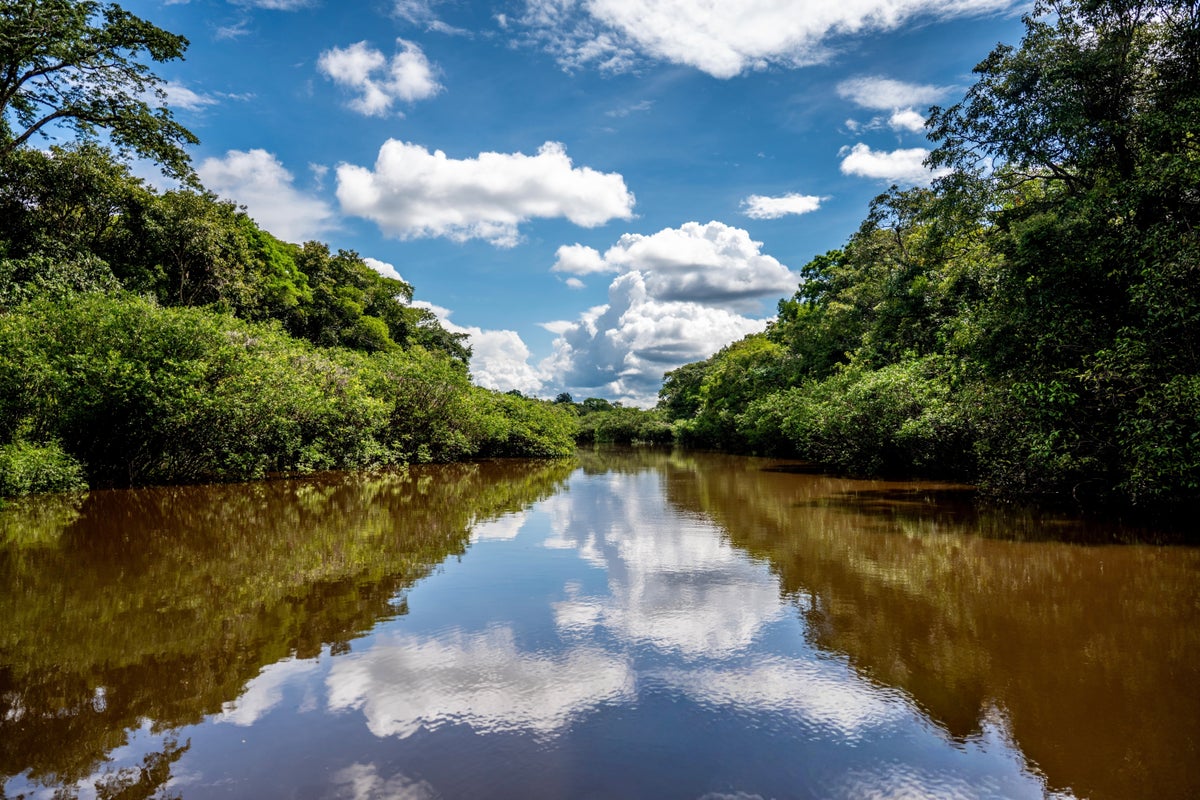Home / Environment / Illegal Mining Poisons Peruvian Amazon, Locals Face Food Insecurity
Illegal Mining Poisons Peruvian Amazon, Locals Face Food Insecurity
7 Oct
Summary
- Illegal mining activities surge since COVID-19 pandemic
- Mercury levels in fish exceed WHO limits, harming local communities
- Environmental defenders face growing violence and threats

As of October 2025, illegal mining activities have significantly increased in Peru's Amazon region since the COVID-19 pandemic, according to Augustinian priest Miguel Ángel Cadenas, who has dedicated three decades to the area. Cadenas highlighted the Tigre, Nanay, Napo, and Putumayo rivers as areas where local communities face grave risks.
Scientific tests have revealed that mercury levels in some fish exceed World Health Organisation limits, while hair samples from residents also show alarmingly high concentrations of the toxic substance. This poses a serious threat, as the Amazonian diet is heavily reliant on fish. "We are in a delicate situation," Cadenas warned, "given that the Amazonian diet is rich in fish, we are talking about food insecurity."
The priest also expressed concerns about growing violence, especially against local environmental defenders in the Amazon region. Across the Amazon, such defenders are frequently targeted, with Colombia leading the world in killings for several years, and Peru also ranking among the most dangerous places to speak out against illegal mining and logging.
Cadenas stressed that the situation requires urgent international action to curb the demand for illicit gold, which is often laundered through global markets despite weak traceability systems. He called on countries buying gold to require proper traceability, making it more difficult for illegally mined gold to enter the legal supply chain.


